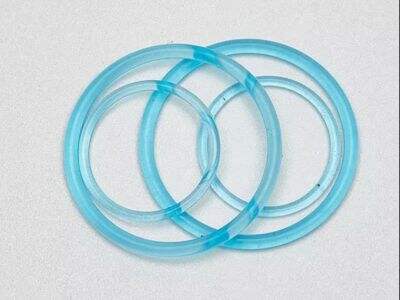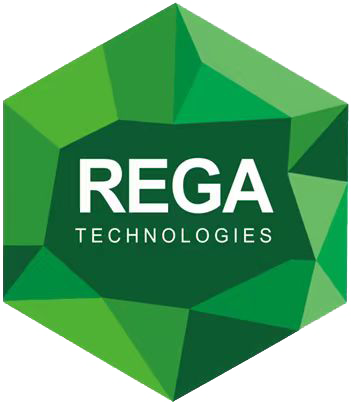Heat sealing and cold sealing — two terms we often hear in the context of keeping our medical supplies secure. But what do these words mean and which of these approaches is better for our important medical products? Let’s examine how heat and cold sealing work in medical packaging and the differences between the two so that you can understand how each helps keep our supplies safe.
When it comes to medical packaging, the pros and cons of heat sealing need to be understood to ensure that our products are safe and secure. Heat sealing is a process of joining two packaging materials together with heat. This makes for a tight seal that helps prevent dirt and damage. The intelligent energy of heat sealing creates a strong bond which is extremely hard to break, thus one of the many advantages it provides. This helps ensure the safety of our medical products throughout the supply chain. But heat sealing can be time-consuming and requires specialized machinery, which may not be ideal for all applications.
Another means of preserving the safety of medical products is cold sealing. Cold sealing involves using sticky glue, which doesn’t require heat for a seal between packaging materials. This process is typically quicker and more cost-effective than heat sealing, which is why it remains popular for a number of medical packaging applications. Cold sealing has advantages, including faster sealing rates and lower energy costs. The acrylic formula also seals a broader variety of materials. However, because cold sealing may not be as strong as heat sealing, it is less beneficial to certain medical products.

Heat sealing vs cold sealing for medical devices: When considering which seal process to use for a medical product, it is essential to look at the needs of the device. Heat sealing may produce a stronger and safer seal, but cold sealing tends to be quicker and cheaper for certain applications. Which sealing method is the best will depend on what the medical products require, as well as budget and time.
For example, examining the role of temperature with medical packaging can show us how heat and cold sealing processes can impact the quality of our medical supplies. Heat sealing is commonly utilized for goods that require a powerful seal, whilst cold sealing could be more advantageous for products that do not require as much protection. The temperature at which we seal can influence the integrity of your packaging materials, with cold sealing requiring a lower temperature than heat sealing. Considering these aspects will help us determine the right sealing solution for our healthcare products.
Medical packages are a literal security blanket for critical medical products, picking the right sealing method will assure the continued safety of our important medical products. Regardless of whether we choose heat sealing for a more durable seal or cold sealing for a faster alternative, we need to consider what our medical supplies require. And the better we know sealing with heat and freezing, the better we know how packaging withstands temperature, the more informed our choices about our medical products will be. So, next time you’re packaging medical supplies, remember to consider the pros and cons of heat vs. cold sealing!

 EN
EN
 CN
CN
 AR
AR
 HR
HR
 CS
CS
 DA
DA
 NL
NL
 FI
FI
 FR
FR
 DE
DE
 EL
EL
 IT
IT
 JA
JA
 KO
KO
 NO
NO
 PL
PL
 PT
PT
 RO
RO
 RU
RU
 ES
ES
 SV
SV
 IW
IW
 ID
ID
 LV
LV
 SR
SR
 UK
UK
 VI
VI
 ET
ET
 HU
HU
 TH
TH
 TR
TR
 FA
FA
 AF
AF
 MS
MS
 GA
GA
 CY
CY
 MK
MK
 KA
KA
 UR
UR
 BN
BN
 MN
MN

